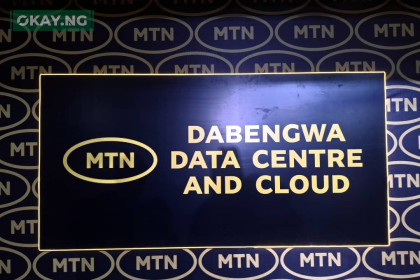On April 3rd, 1973, Motorola engineer Marty Cooper placed the first public call from a cellphone, according to the Verge. In midtown Manhattan, Cooper called Joel Engel — head of rival research department Bell Labs — saying, “Joel, this is Marty. I’m calling you from a cell phone, a real handheld portable cell phone.” The call was placed on a Motorola DynaTAC 8000x, which weighed 2.5 pounds, a far cry from today’s 4-ounce handsets.
If it wasn’t for Dr. Henry T. Sampson, an African American, we wouldn’t have cell phone technology today. Isn’t it funny how the mainstream media hasn’t made him an icon based on his invention?
Cellular telephony has spawned a multi-billion dollar industry and has freed tens of millions of people, both at home and at work, to communicate anywhere, any time. Many would have thought that he would be on the Times and Forbes magazines next to Bill Gate and Steve Jobs for discovering one of the greatest creations of our time.
On July 6th, 1971, Dr. Sampson invented the “gamma-electric cell”, which pertains to nuclear reactor use. According to Dr. Sampson, the Gamma Electric Cell, patented July 6, 1971, Patent No. 3,591,860 produces stable high-voltage output and current to detect radiation in the ground.
Born in Jackson, Mississippi, he received a Bachelor of Science degree from Purdue University in 1956. He went on to the University of California, Los Angeles, where he graduated with an MSc degree in engineering in 1961; University of Illinois Urbana-Champaign for an MSc in Nuclear Engineering in 1965, and a PhD in 1967.
Mobile communications took a big step forward in 1983, with the invention of the cellular system regulating the portable telephones, which use radio waves to transmit and receive audio signals. Before this time, mobile telephone service in the United States, consisting mainly of car phones, was extremely limited because metropolitan areas had only one antenna for these purposes.
In addition, the Federal Communications Commission (FCC) assigned only 12 to 24 frequencies to each area, which meant that only that many calls could occur at a time. These limitations often meant a wait of up to 30 minutes for a dial tone and a five to 10-year waiting list just to acquire the service.
With the invention of cellular phone service in 1983, personal communications no longer depended on wires. In the 1990s, it would become possible to connect to the Internet from virtually anywhere in the world using a portable computer and a cellular modem with satellite service.
Technologies that developed from different fields such as personal communications, computation and space exploration often worked together to serve the constantly evolving human needs of the information age.











